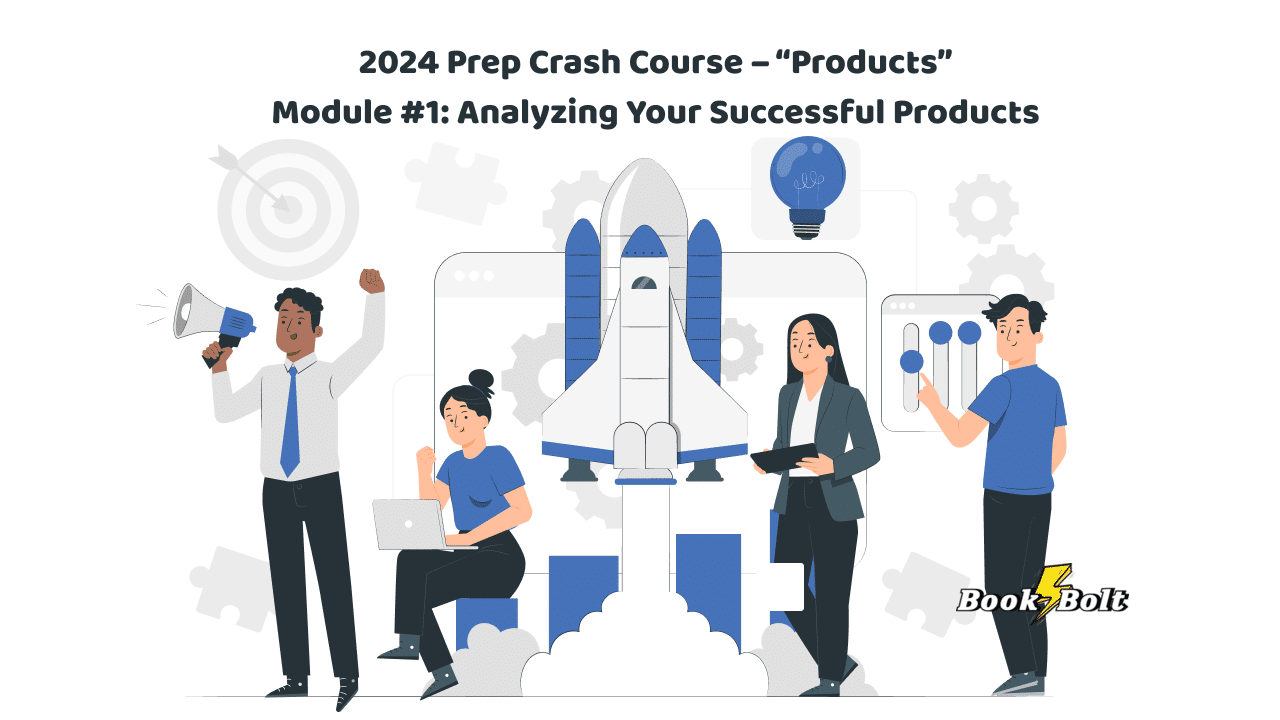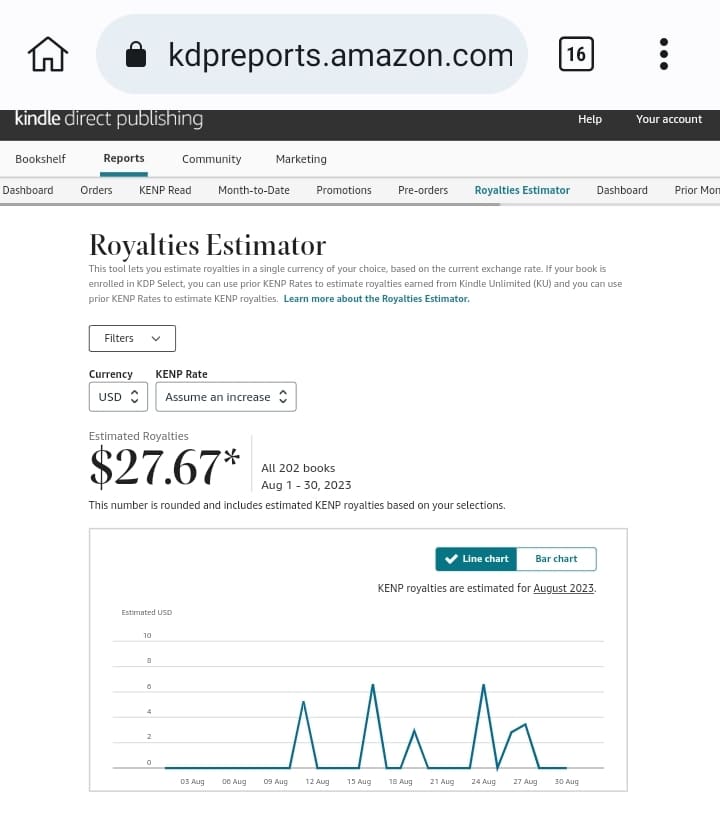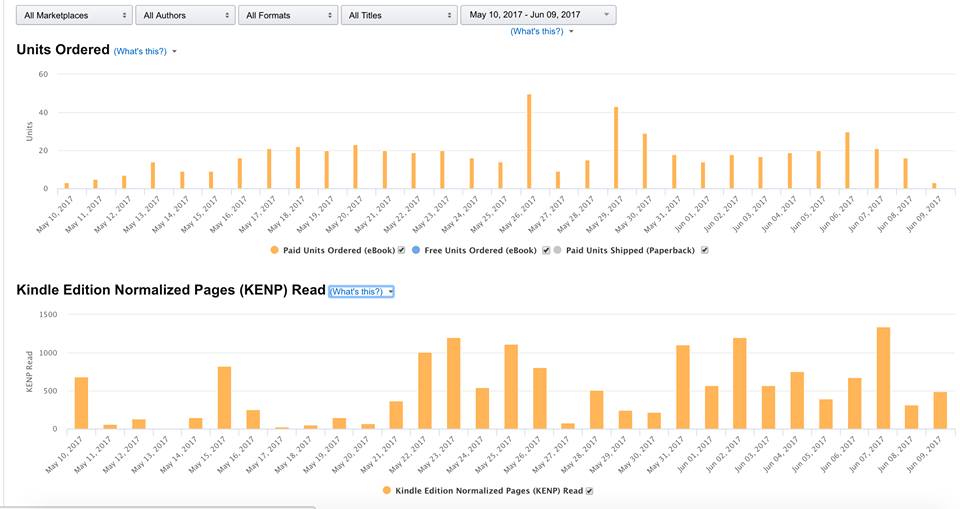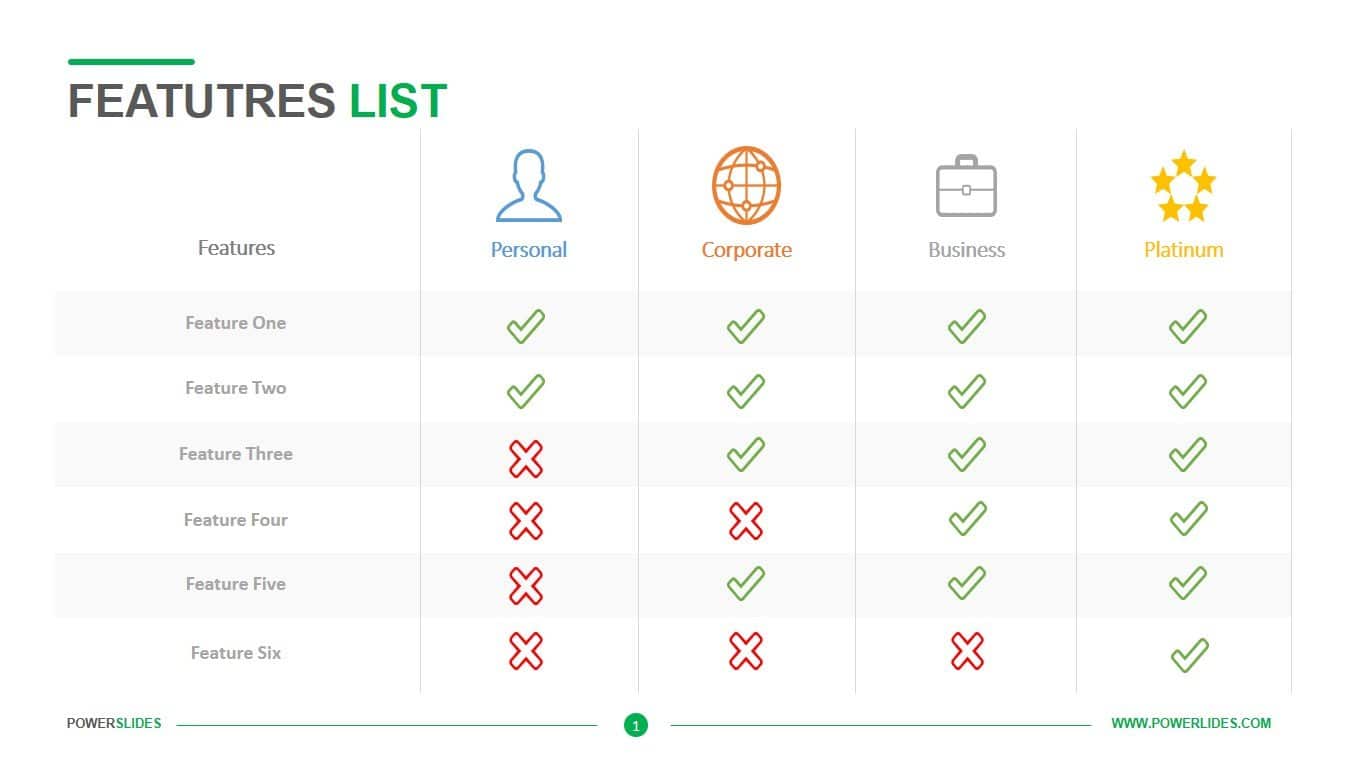
If your goal is growth, the first thing to ask is “What am I doing right?”
Sometimes the answer is hard work. Sometimes it’s luck. Sometimes it’s the price.
Whatever the reason for the success of one of your titles, it’s in the data.
That’s why the very first step of this entire journey is pulling apart your successful 2023 products so you can replicate and increase on that success in 2024 is to analyze their data. And sometimes that data can come from surprising places.
It’s the first of four steps focusing on “Products”, and probably the most enjoyable.
DIVING HEADFIRST INTO SALES DATA
Gathering Sales Data
To start the analysis, it is imperative to access your sales data on KDP. This data provides the foundational insights necessary to dissect the performance of your books. KDP offers a comprehensive suite of data, including sales figures, royalties, and sales channels.
This was recently updated, and a beta version of the new KDP Reports page is available at https://kdpreports.amazon.com. Amazon says it is now “the main KDP Reporting experience” so be sure to do two things:
- Download and archive all your existing reports under the old system
- Ensure all your legacy data converted properly over to the new version
Make sure your data is accurate and up-to-date to enable effective decision-making.
Organizing Sales Data
Sales data is often extensive and complex. To make sense of it, categorize and group your products systematically. Understanding the data is pivotal to the analysis process. Tools and resources within KDP can assist you in achieving this, from downloadable spreadsheets to automated data analytics.
Export your sales data directly from Amazon. The KDP report page gives you some parameters with which to parse it:
- Download by:
- Marketplace
- Author
- Format
- Title
- Time period.
- Refine by:
- Orders
- Royalties Estimator
- KENP Read (an important factor in calculating royalties)
Once you have all these spread sheets, you can start working with the data that your successful products drove. Create reports that provide clear visual representations and overviews of your book performance.
IDENTIFYING EXCEPTIONALLY WELL-PERFORMING PRODUCTS
“Do you know how to use that thing?”
- Diego DelaVega (Anthony Hopkins), indicating sword, to Joaquin Murietta (Antonio Banderas), in The Mask of Zorro
“Yes. The pointy end goes into the other man.”
- Murietta
Sometimes it’s just that simple. When looking at your sales graphs, look for the pointy ends…the ones on the top of each chart. That’s where you’ll find your most successful products.
Once you’ve found them, you can start parsing them to pull out patterns that will create a snapshot of all the elements that contributed to your product’s success. These are your Key Performance Indicators (KPIs), which may include:
- sales volume
- revenue
- customer reviews
Analyzing Sales Trends
Sales trends are like signposts on your publishing journey. By examining sales data over the past year, you can identify the products that have consistently outperformed the others. These products are your success stories, and understanding what contributed to their success is key.
The challenge is where to start looking for outside trends that may have impacted your sales movement. There are a thousand angles to come at this from, but I would recommend some of the most critical:
Holiday/Seasonal:
Look for similar product types that would be bought for a particular holiday.
Quarterly:
The best short-term/long-term hybrid snapshot. Compare peak products for sales patterns.
Price:
What price range does the majority of your successful product sell for? This is a key point in building repeat business.
Events/Trends
Was there anything happening in current events or fashion/entertainment trends at particular times of the year that may have benefited your product?
Costs/Margins
Raw sales does not paint a product’s entire picture. For example, you could sell 2 high end statues for $300, but they cost $275 – you sell two cumbersome pieces of art at a low price to beat a competitor. You sell 500 cosplay ID cards for $5.00 each, but they only cost $0.33 each.
Only you can decide which is a better model for your business goals, but I like high volume, high margin sales versus low margin luxury items that I have to price near-loss to compete.
A good way to make a decision here is to look at what kind of volume you can expect on a particular item and what you can do to increase sales. You’ll want to increase sales on low cost/high margin items to maximize your profitability.
UNDERSTANDING THE FACTORS BEHIND SUCCESS
Unique Selling Points (USPs)
Now it’s time to pick apart the features of the successful products.
In a crowded marketplace, having a unique selling point can set your book apart. Your USP could be a distinctive design, special features, or a creative approach to a familiar concept. For diaries and planners, this could be an innovative layout, beautiful cover designs, or the incorporation of inspirational quotes. For activity books and educational workbooks, it might be the interactive exercises, engaging illustrations, or alignment with specific educational standards.
Make lists of these features and look at what repeats across your entire product line. Those are the USPs that should be integrated in all future efforts.
Effective Marketing Strategies
Effective marketing plays a pivotal role in the success of any product. Authors and self-publishers must engage in a multitude of marketing activities to gain visibility and traction. Utilize platforms like Amazon Advertising, social media, email marketing, and collaborations to promote your books.
An essential aspect of marketing is understanding your target audience and tailoring your approach accordingly. What do your best selling products say about who bought them and what they responded to? Can you continue to appeal to them?
Customer Demand and Niche Targeting
Understanding customer demand is crucial. By mining data and reading customer reviews, you can gain insights into what your readers want and need. This allows you to tailor your content to match those interests.
Additionally, targeting specific niches can be a game-changer. For instance, in the realm of educational workbooks, aligning your content with educational standards or catering to a particular age group can be a niche strategy.
A Trend Year Lookback
Similar to what I advised before, I also like to look at the sales against trends and see where they diverged. That is where you discover what it is that’s unique about your product that created its own trend.
Did you create a niche? Find a niche? Either way, you’ll need to decide whether to protect it, because it’s guaranteed that others will try to copy your success.
TRUSTING YOUR GUT
At the end of the day, the product is a result of yourself. Data does not get lucky or find trends, that’s you. You’re going to look at all the conclusions and your gut will tell you which direction feels right. After all, it was your effort that got you here in the first place.
REPLICATING SUCCESS
Leveraging Data-Driven Insights
Armed with the insights from your analysis, you can make informed decisions about your publishing strategy. For example, if a particular style of planner is selling exceptionally well, consider creating variations or complementary products. Data can also help you refine the pricing strategy, as you’ll know what the market is willing to pay.
Refining Marketing Strategies
Your marketing strategies can evolve based on what you’ve learned from the data. Experiment with different advertising platforms, change your messaging, or try new promotional methods. A/B testing can help you identify what works best for your niche.
Expanding the Product Line
Once you’ve identified a formula for success, don’t hesitate to scale up your operations. This might involve collaborating with other authors, hiring designers, or outsourcing certain tasks to meet the growing demand. Expanding your product line can offer more choices to your readers, potentially increasing sales.
So, we’ve taken our best products and analyzed what made them successful. That first bit of data should act as your framework for 2024. At the very least, you should be shooting for replicating the success of 2023.
In our next blog, we’ll talk about what kind of data NOT to depend on as framing for anything.





